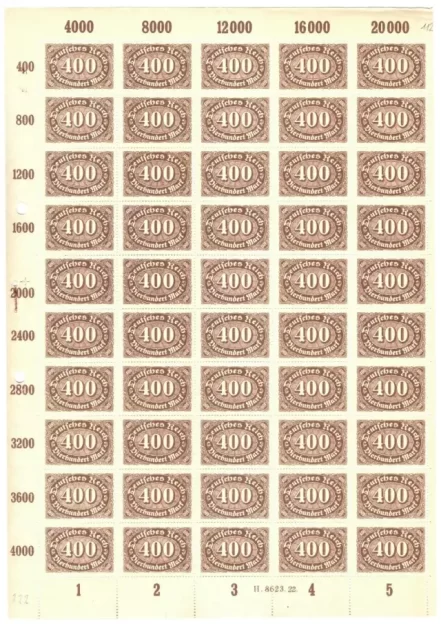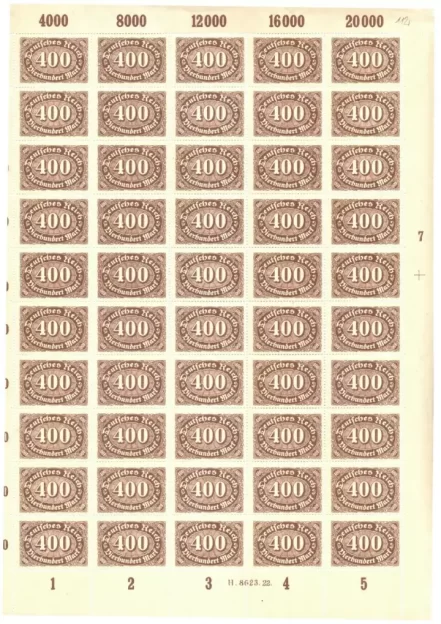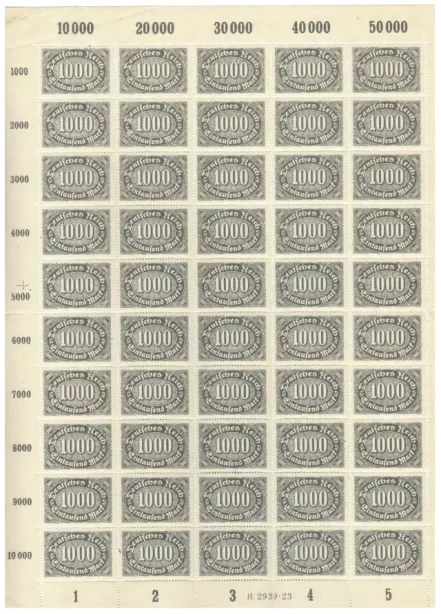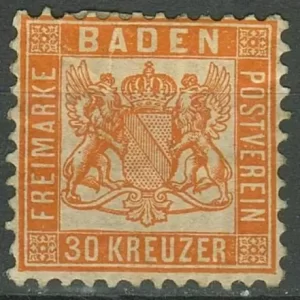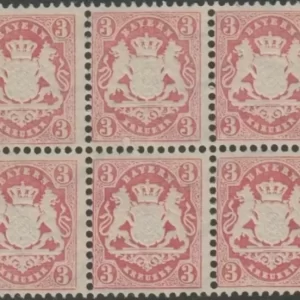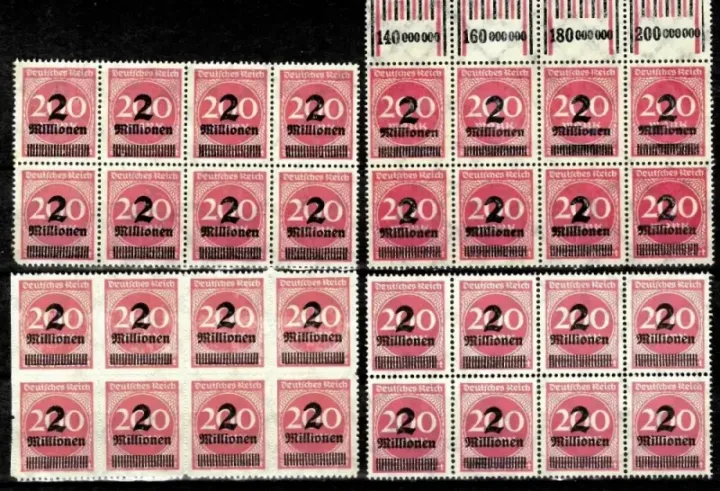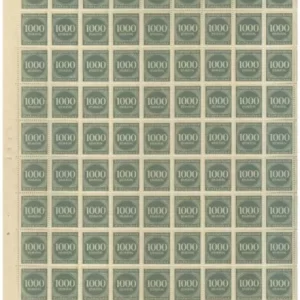Germany Weimar Republic year 1922 400m MNH
The Weimar Republic refers to the period of German history from 1919 to 1933 when the country was governed by a democratic parliamentary system, with its capital in the city of Weimar. Here are some key points about the Weimar Republic:
- Establishment: The Weimar Republic was established following the end of World War I and the abdication of Emperor Wilhelm II. The German Empire collapsed, and a new government was formed in the town of Weimar due to unrest in Berlin.
- Constitution: The constitution of the Weimar Republic, drafted in 1919, established a democratic parliamentary system with a president, chancellor, and Reichstag (parliament). It also included provisions for civil liberties, universal suffrage, and proportional representation.
- Challenges: The Weimar Republic faced numerous challenges during its existence, including political instability, economic crises (such as hyperinflation in the early 1920s and the Great Depression in the late 1920s and early 1930s), and social unrest. Additionally, the Treaty of Versailles imposed harsh reparations and territorial losses on Germany, leading to resentment and nationalist sentiments.
- Cultural and Intellectual Flourishing: Despite its political and economic difficulties, the Weimar Republic was a period of cultural and intellectual flourishing known as the “Golden Twenties” (Goldene Zwanziger). Berlin, in particular, became a center of innovation in art, literature, film, and science, with figures such as Bertolt Brecht, Thomas Mann, and Fritz Lang making significant contributions.
- Rise of Extremism: The Weimar Republic faced challenges from both the far left and the far right. Communist uprisings, such as the Spartacist Uprising in 1919, threatened the stability of the government, while right-wing nationalist movements, such as the Nazi Party led by Adolf Hitler, gained support amid economic hardship and political turmoil.
- End of the Weimar Republic: The Weimar Republic came to an end in 1933 when President Paul von Hindenburg appointed Hitler as Chancellor. The Enabling Act, passed shortly thereafter, effectively granted Hitler dictatorial powers, marking the beginning of the Nazi regime and the end of democratic rule in Germany.
The Weimar Republic remains a significant period in German history, representing both the aspirations of democracy and the dangers of political instability and extremism.

